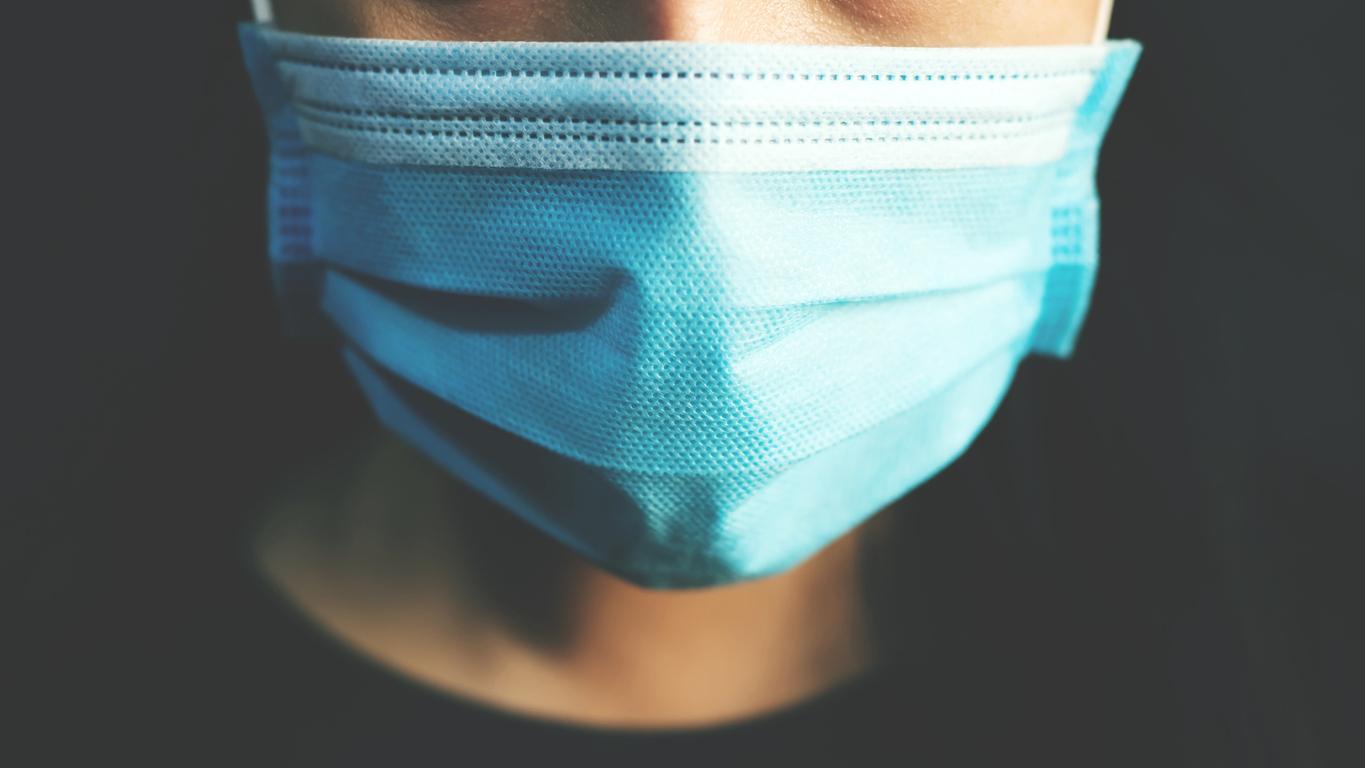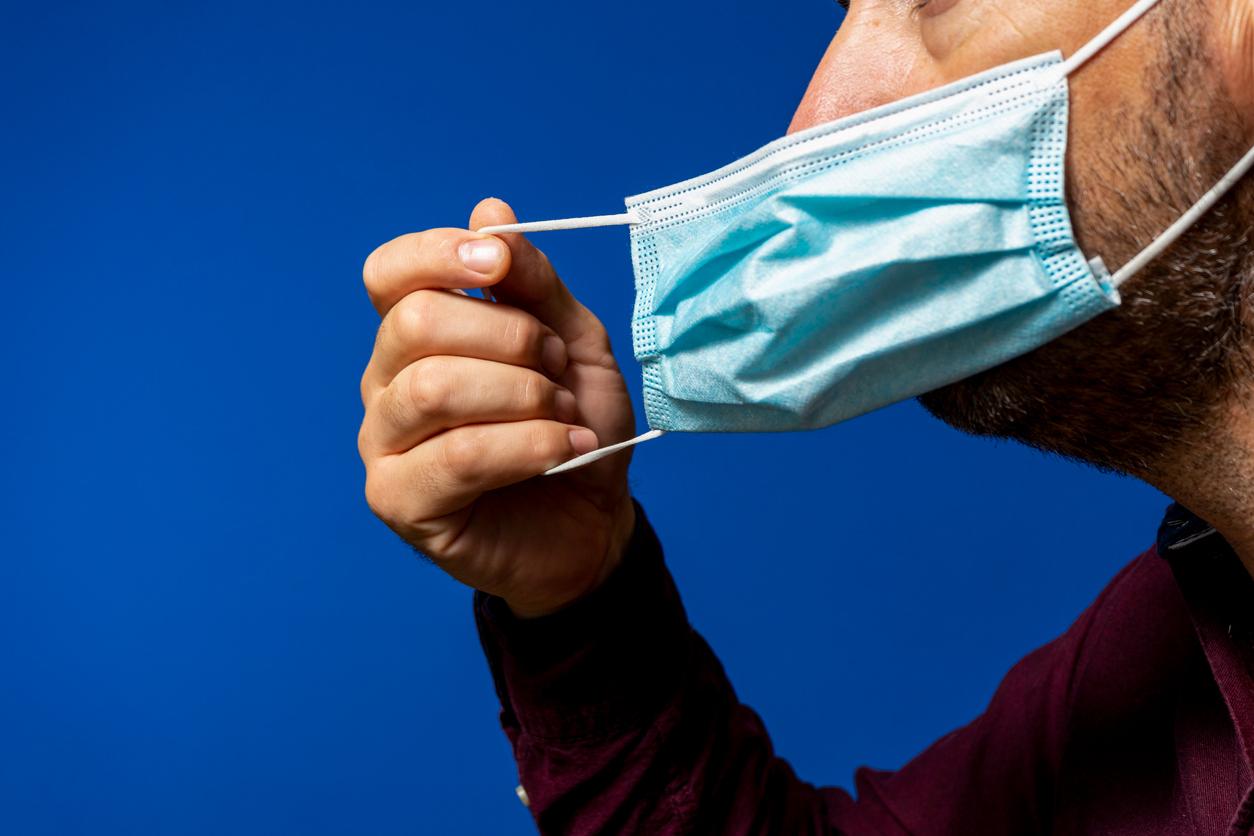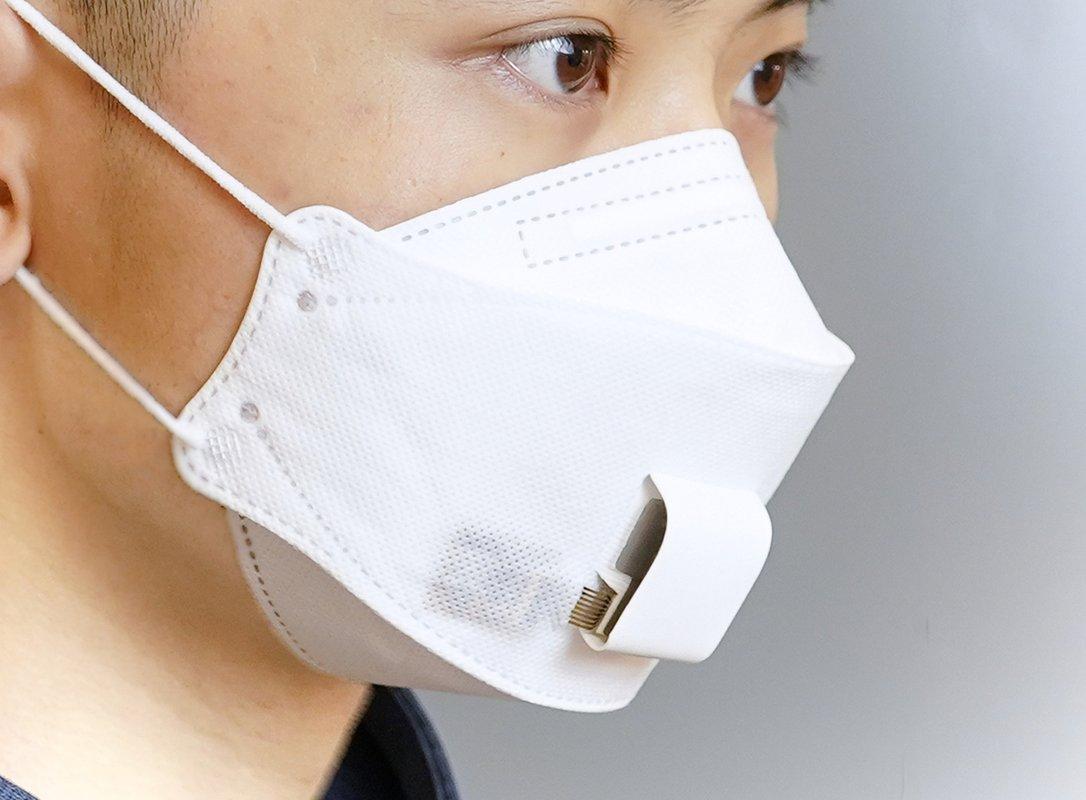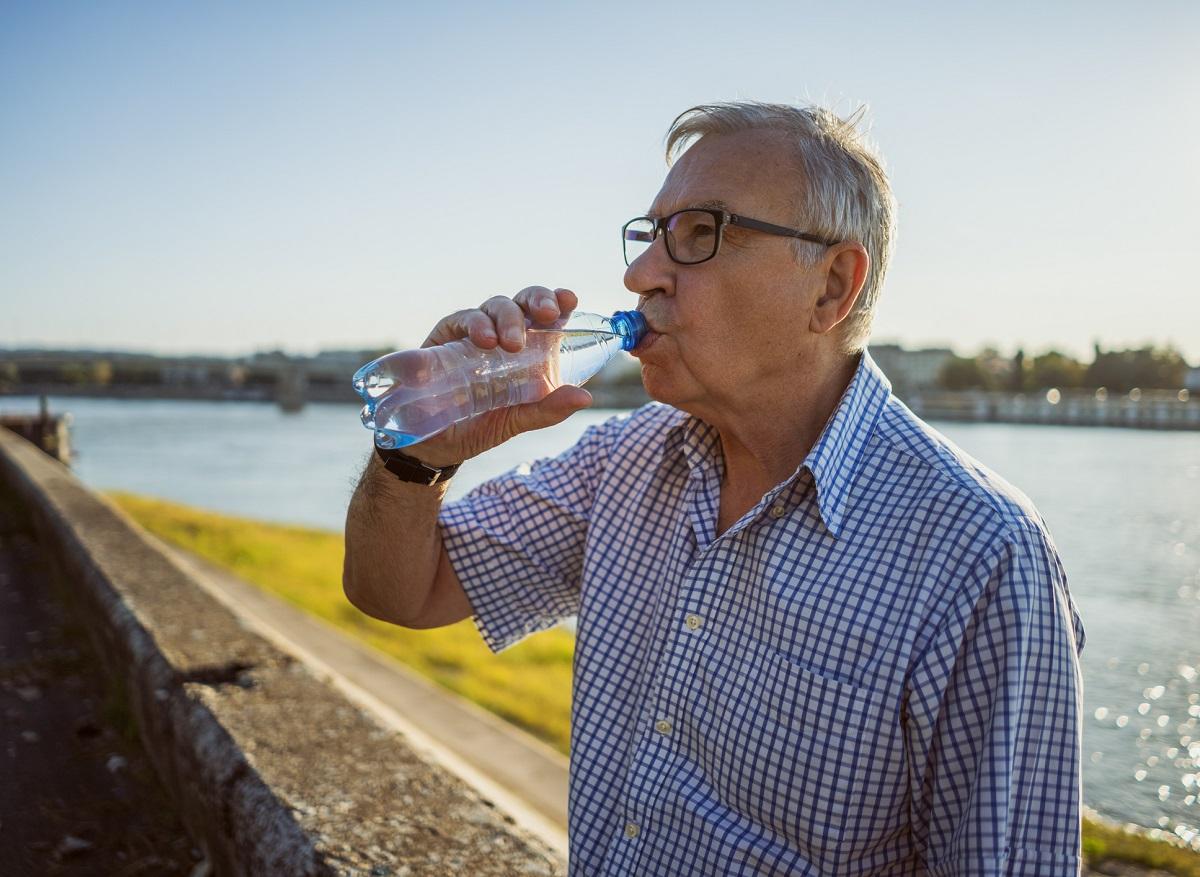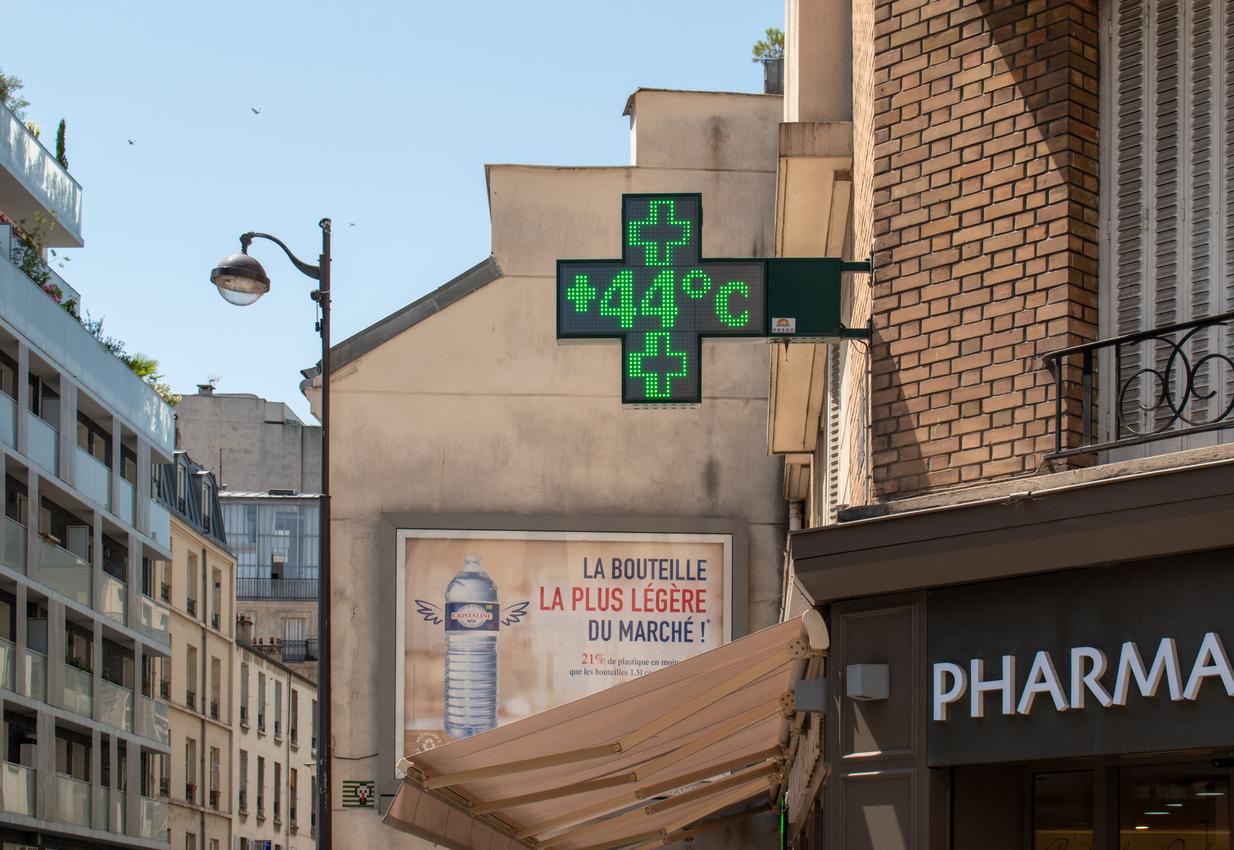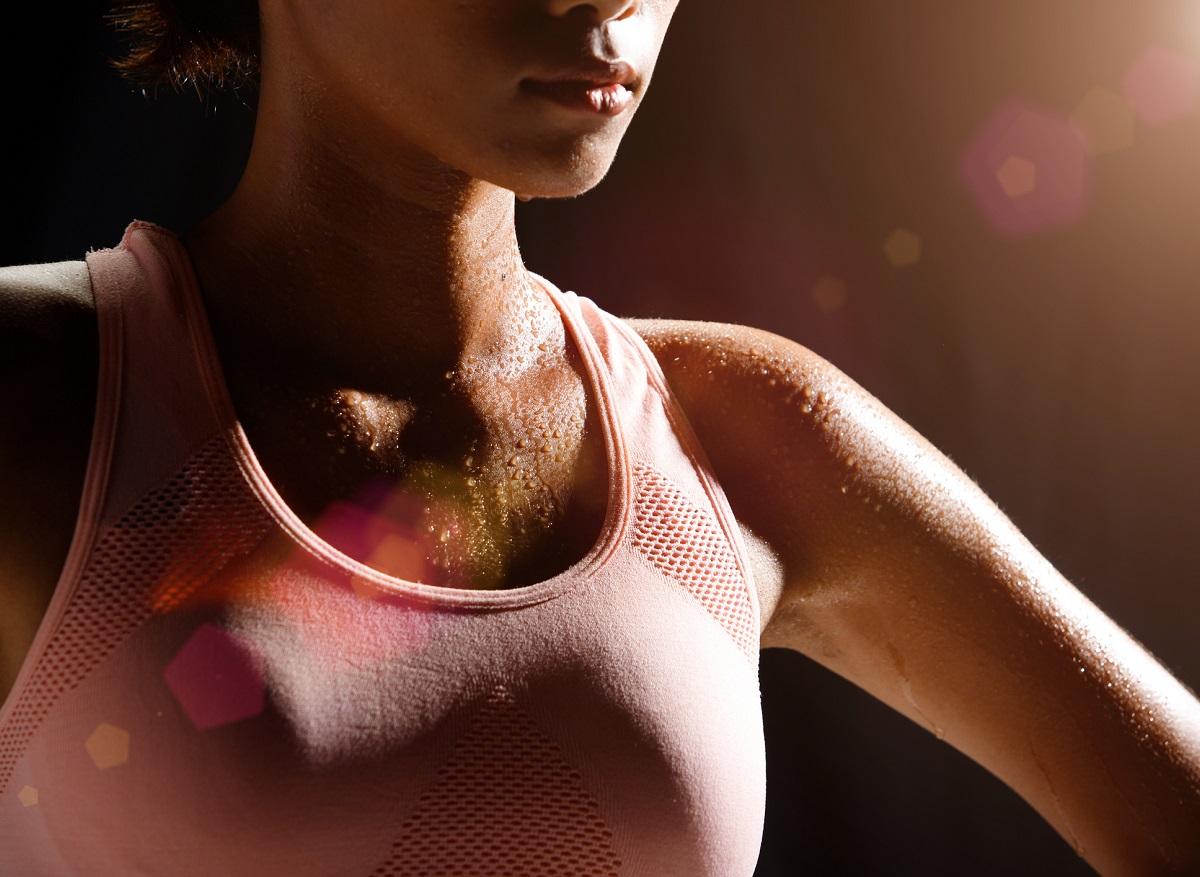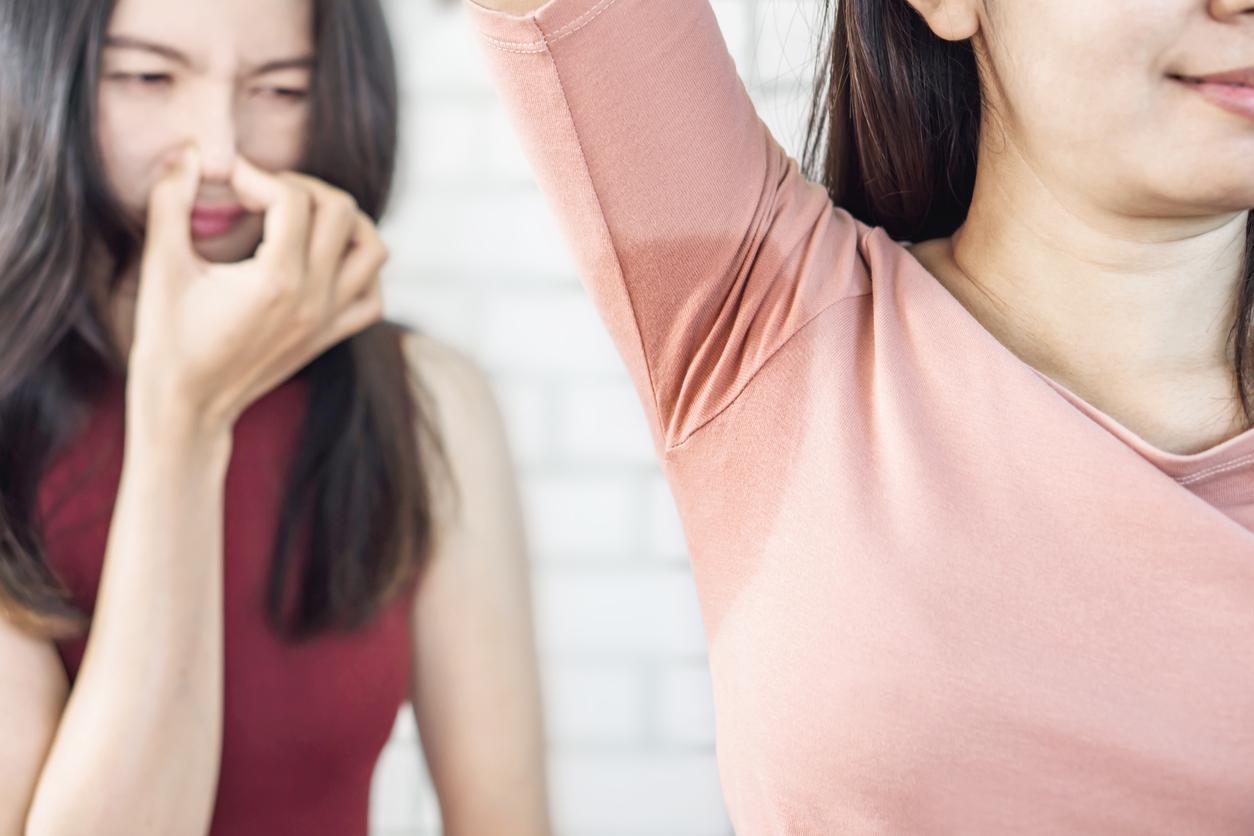Contradictory injunction between the need to protect oneself from Covid-19 and that of protecting oneself from dehydration in this heat wave. Reminder of good practices to follow.

- If your mask is damp or wet, its effectiveness is no longer guaranteed. Throw it away.
Our best ally against the heat wave remains water, but it does not mix well with protective masks against the proliferation of Covid-19. If you were planning to take advantage of the sea or the swimming pool to take a dip, only one piece of advice: leave your mask behind. “Change the mask worn as soon as it becomes wet“recalls the Ministry of Health. Asked by colleagues, Afnor (French Association for Standardization) explains that it is “the static electricity of the fibers of the fabric which stops the droplets of the sputters. However, if the mask is wet, this static electricity disappears and the droplets pass more easily.” A statement that applies to all types of mask: fabric, surgical or FFP. So avoid diving, misting, spraying or even applying – by accident or not – sunscreen on it, so as not to moisten your precious mask.
However, there is one thing that you will not be able to fight against: it is the natural humidification of the mask by your breathing or your perspiration. However, there too, it will be necessary to separate from its mask as soon as it is wet, including after a sneeze or a cough. As sweating is more important in heat waves, it will be necessary to change the mask mechanically more regularly.
Manage your mask and the heat
For better “tolerate a mask in periods of high heat”the National Institute for Research and Security (INRS) recommends choosing “a mask well adjusted to the shape and size of the face” and “for alternative fabric masks, favor the most breathable materials possible without compromising the efficiency of filtration to reduce the temperature and the humidity level in the air inside the mask. Afnor offers comparisons of fabrics according to their protection as well as their “breathability”. For fabric masks, the INRS also recommends favoring light colors which tend to reflect the sun’s rays more and therefore store less heat.
Across the Atlantic, the Robert-Sauvé Research Institute for Occupational Health and Safety also recommends modulating your breathing under the mask: “Promote breathing through the nose (mouth closed) when wearing a mask. This generates less heat and humidity which will be retained in the mask. However, it would only be possible to preserve nasal breathing during a low to moderate effort. The Quebec organization suggests cooling the forehead and neck even while wearing a mask as well as working in an airy room or “use air conditioning if necessary”. It is also advisable to limit the intensity of the activity that one carries out masked as well as its duration so as not to alter the protection of the masks too quickly.
.







